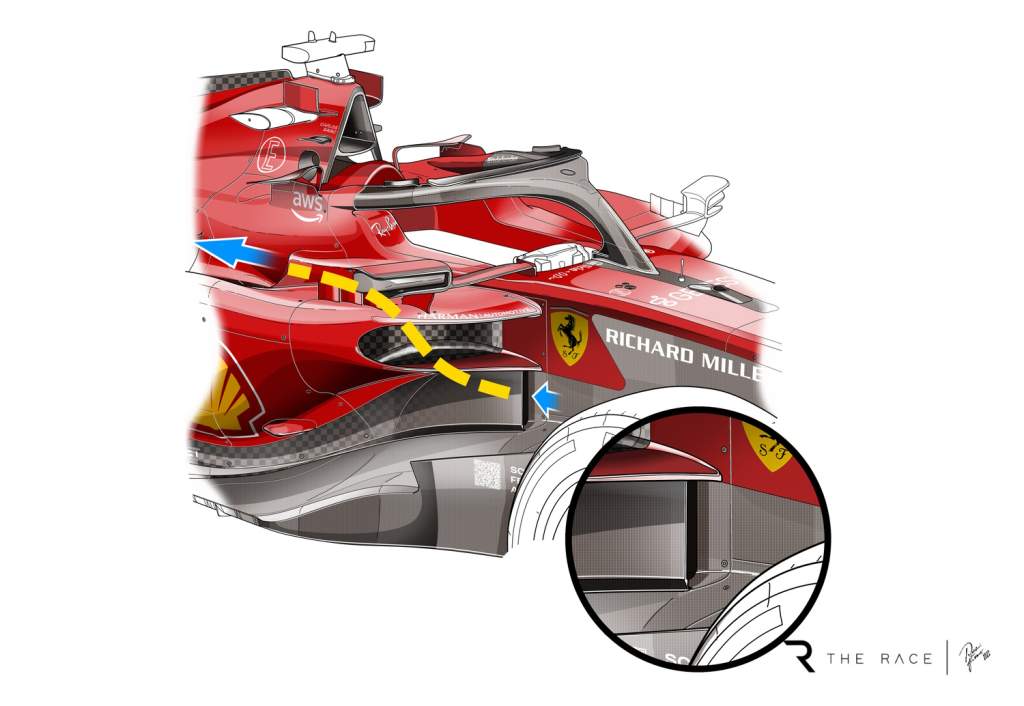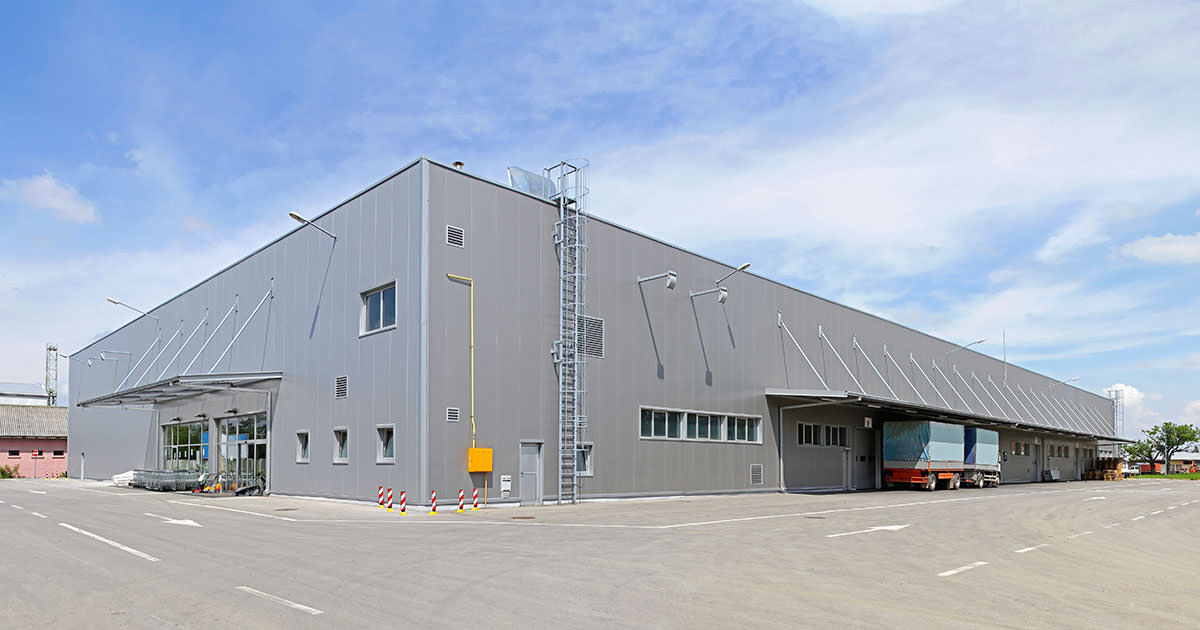This is the new Museum of Ethnography in Budapest. I like this design.
View attachment 73991
i agree, looks nice
This is the new Museum of Ethnography in Budapest. I like this design.
View attachment 73991
The tree lowers the level of the field by about 1%,
Ceramic and silicate bricks - by 7%,
Concrete - by 9%.
Steel sheet 1 mm thick - by 66%.
In modern construction, reinforced concrete floors between floors are almost always used, which strongly shield the magnetic field.
If you are on, for example, the 15th floor, there are 16 reinforced concrete floors under you, each of which reduces the influence of the electromagnetic field that reaches you.
The weakening of the level of geomagnetic field leads to negative consequences for the body. If a person spends a lot of time in a weak field, his efficiency and immunity decrease, and he becomes an easy prey for infectious diseases. The activity of the cardiovascular and autonomic nervous systems is disrupted.
https://dumai.livejournal.com/3864.html?Experiments were carried out on mice to live completely outside the magnetic field, in a shielded chamber:
by the 4th generation, they stop reproducing;
in the 2nd generation they have frequent miscarriages of embryos;
mice at an early age are inactive, lie on their backs a lot;
14% of the adult population has progressive baldness. First the head goes bald, then the back. By 6 months, the animals die.
Histological analysis shows that the shielding affects the kidneys of mice most of all (they develop a cyst and multi-chamber), and the liver also suffers.
Simakov. "Living Devices". Knowledge. Moscow. 1986 p. 55.
To be honest , I don’t think modern art and architecture (at least most part of it) can be actually called an Art in its high sense, it’s just obvious devolution... It makes me sad going to contemporary art expositions or looking at modern buildings , esp those that made for people living , I actually call them “anthills”...
But what’s more, Modern architecture makes us literally sick ...as it’s known the higher a person lives from the ground, the more his health is destroyed.
yes, the american natives insist on having foot contact with the ground soil
Man has evolved under certain conditions, and our body can function normally only in them - any deviations are fraught with consequences. We need a lot of factors - a certain composition of the air, a certain gravity, sunlight, and so on. There is one more item on this list - a magnetic field.
https://dumai.livejournal.com/3864.html?
Another nuance: the higher the number of storeys, the thinner the design. The difference in wall thickness on the first and 21st floors is needed to lighten the top of the building. Therefore , the audibility at the top is very high . The result is an accumulated psychological stress, lack of a sense of solitude. Plus , because of their "sophistication " , the tops of skyscrapers tend to vibrate . These micro-oscillations are not audible to the human ear, but irritate the nervous system. A person may experience anxiety up to horror for no apparent reason for a panic.
I would like to add, in soviet times that scientific approach was taken as a basis in construction standards. Thats why we did not have skyscrapers of any sort (rare exceptions around 30 floors in height, they had more of a symbolic status). Nowadays profit ‘rules’ the world and of course that standards were cancelled and the companies are building blocks (flats/offices) as high as they can, not caring about physical, psyche health etc.To be honest , I don’t think modern art and architecture (at least most part of it) can be actually called an Art in its high sense, it’s just obvious devolution... It makes me sad going to contemporary art expositions or looking at modern buildings , esp those that made for people living , I actually call them “anthills”...
But what’s more, Modern architecture makes us literally sick ...as it’s known the higher a person lives from the ground, the more his health is destroyed.
Man has evolved under certain conditions, and our body can function normally only in them - any deviations are fraught with consequences. We need a lot of factors - a certain composition of the air, a certain gravity, sunlight, and so on. There is one more item on this list - a magnetic field.
https://dumai.livejournal.com/3864.html?
Another nuance: the higher the number of storeys, the thinner the design. The difference in wall thickness on the first and 21st floors is needed to lighten the top of the building. Therefore , the audibility at the top is very high . The result is an accumulated psychological stress, lack of a sense of solitude. Plus , because of their "sophistication " , the tops of skyscrapers tend to vibrate . These micro-oscillations are not audible to the human ear, but irritate the nervous system. A person may experience anxiety up to horror for no apparent reason for a panic.


They are both in black and white. Anything else ?Here are another two examples of Corporate Minimalism. Twitter's new logo and also a logo of their new competitor, Threads. What do they have in common?
They are both in black and white. Anything else ?
If this theory happens to be true, having a black and white logo may come handy to be easily recognisable.
This is just my crazy thought of the day.

 the-race.com
the-race.com

Why do "they" want to simplify languages ?Even if that crazy theory is true, that still doesn't explain why other non-IT companies are also following the same trend? Or why, when they are using colors, they are using them also in a very simplistic way?
The trend is definitely there. But what is the motivation behind it, I don't know.Why do "they" want to simplify languages ?
Why are we bombarded with simplistic ideas ?
I see a trend here. An attempt to make people stop thinking or something.
Uh, I can't agree with the example. This so called "scientific approach" was guided by nothing of the sort and was little different from the profit seeking approach. Only instead of profit there were figures in the statistics of the number of built square meters and the height was limited not by usefulness, but by the limitations of construction equipment of the times of Khrushchev and as soon as the development of technology and more production of elevators made possible the construction of 17-storey anthills in the times of Brezhnev. I would still understand if the example was given of Stalinist architecture, which was aesthetic and oriented towards low-rise buildings even with minimal decoration, but not the ugliness that followed it....I would like to add, in soviet times that scientific approach was taken as a basis in construction standards. Thats why we did not have skyscrapers of any sort (rare exceptions around 30 floors in height, they had more of a symbolic status). Nowadays profit ‘rules’ the world and of course that standards were cancelled and the companies are building blocks (flats/offices) as high as they can, not caring about physical, psyche health etc.




